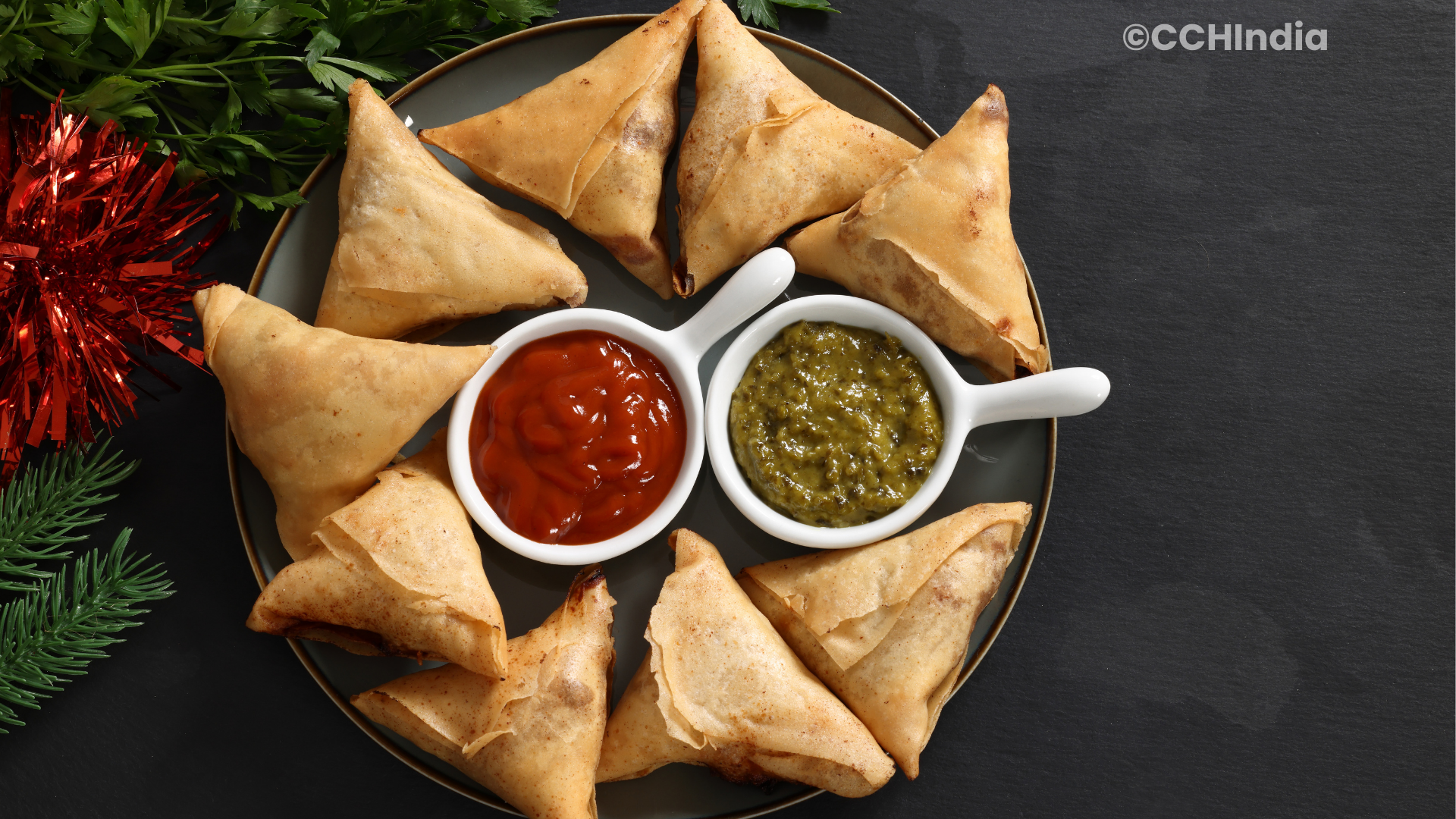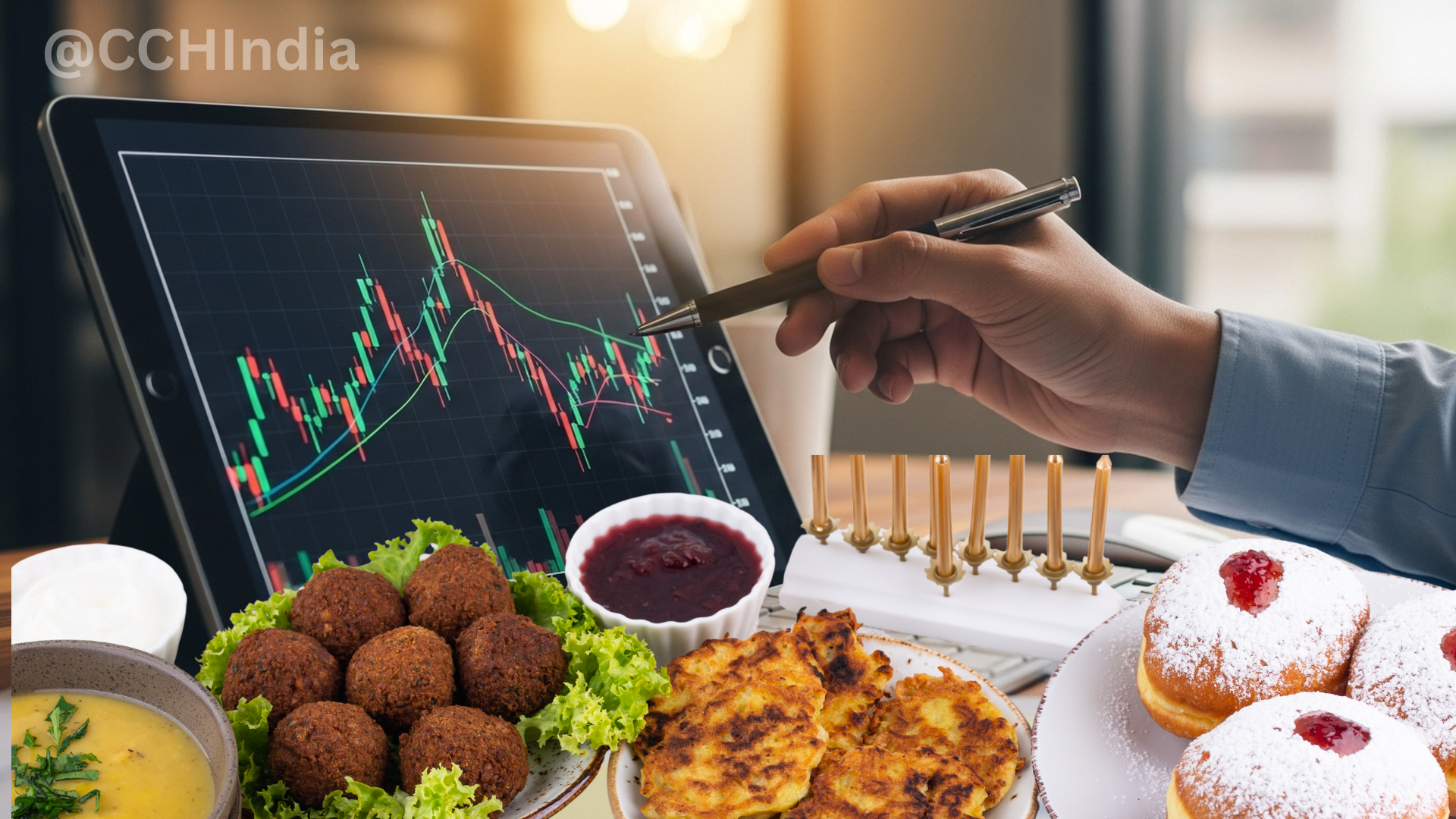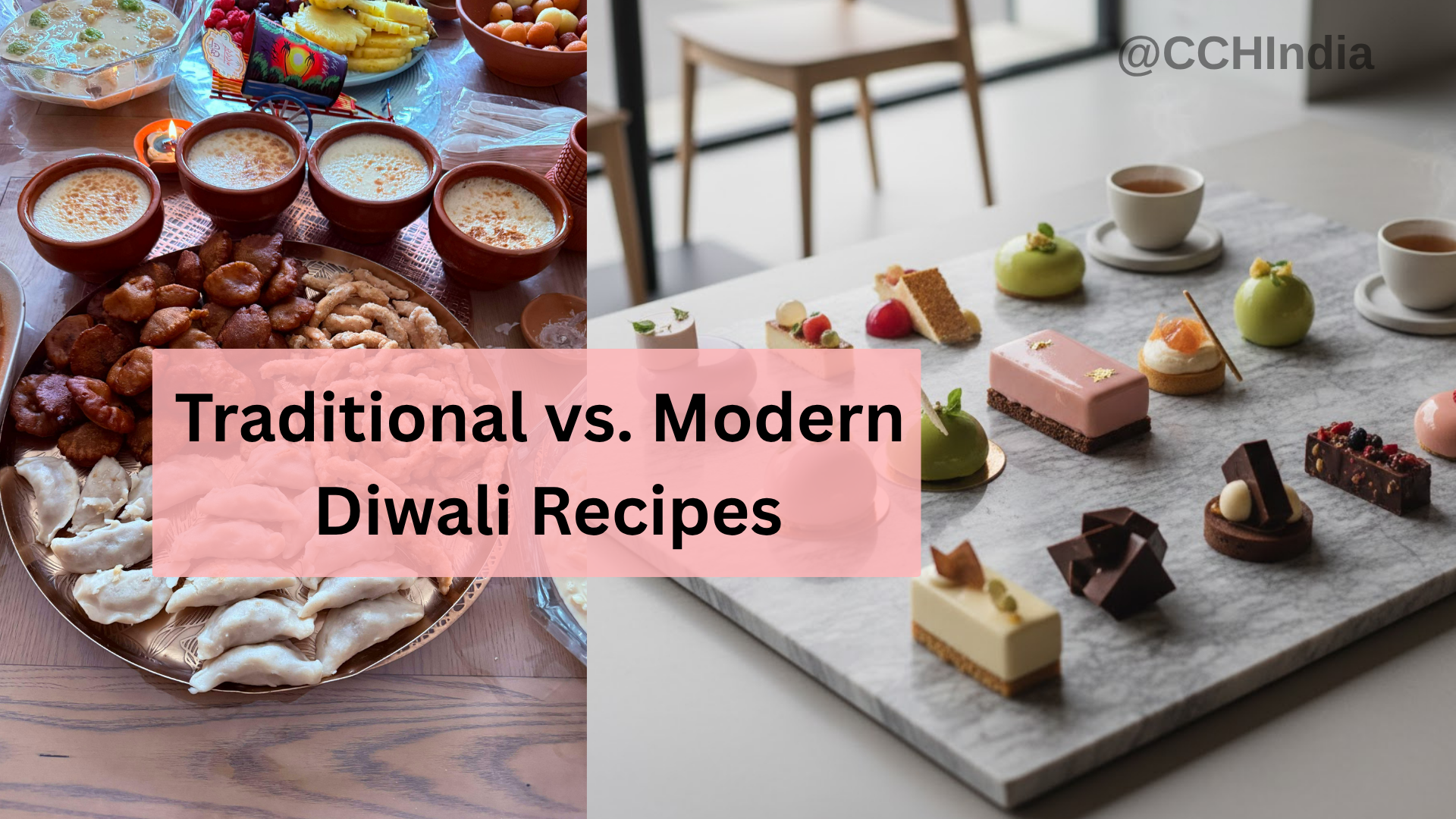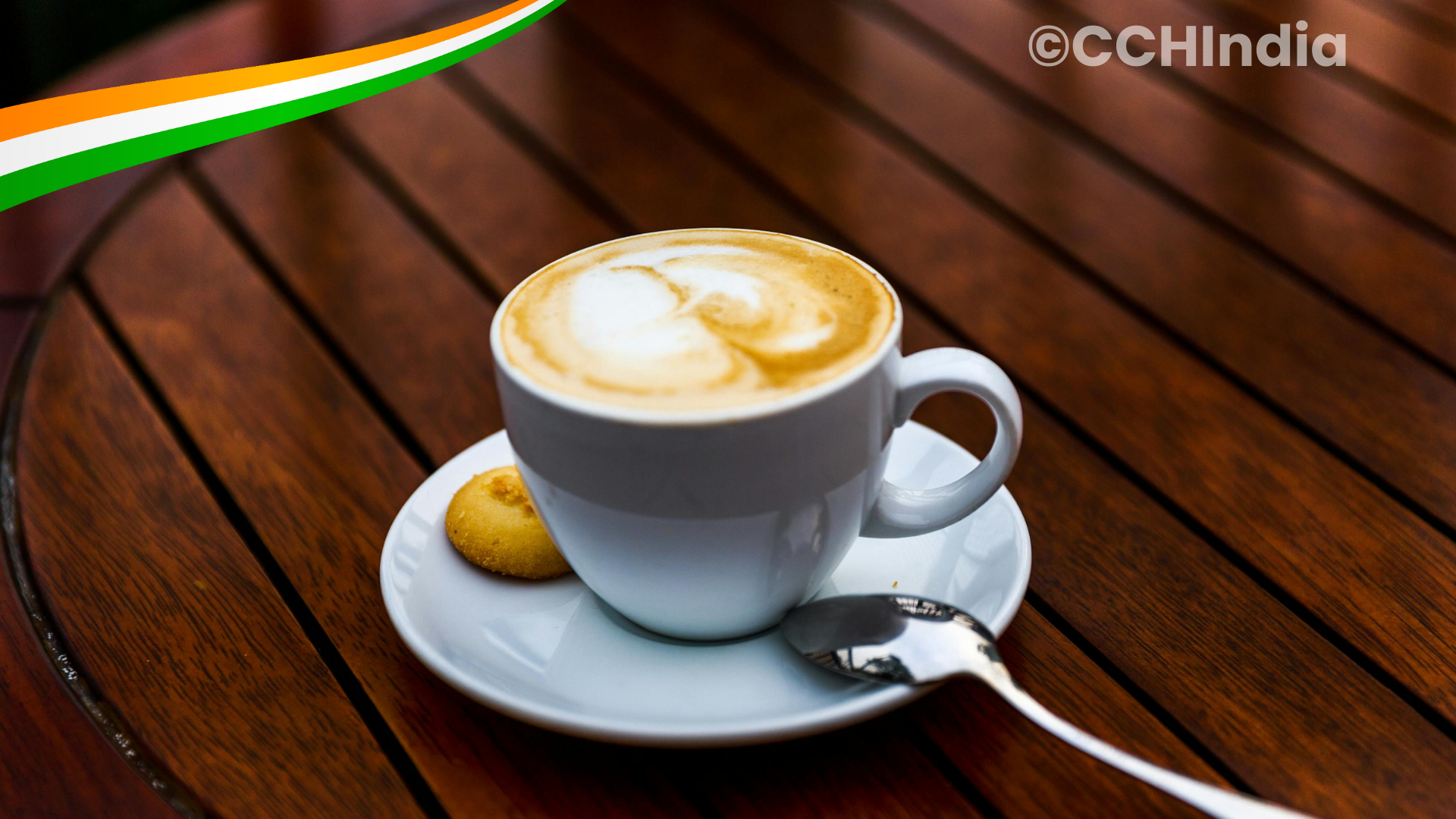Holiday Food Trends: What’s Popular in December 2025?
Discover the top holiday food trends for December 2025 — from global fusion dishes to sustainable ingredients and AI-powered festive recipes.

Discover the surprising history of the samosa — from its Persian beginnings to becoming India’s favorite street snack. A casual dive into how this crispy triangle stole our hearts.
Let’s be real — there’s no way you can walk past a plate of hot samosas without at least thinking about grabbing one. The smell alone is enough to pull you into a tiny tea shop on a rainy day. But here’s what blows my mind: this humble triangle we treat like “India’s own” actually started its journey way outside of India.
Yep. The samosa is an immigrant.
Digging through food history feels like time-travel with spices. Turns out, the samosa’s earliest cousin was called “sambosa” in Persia. It wasn’t this potato-filled goodness we know today — more like a flaky pastry stuffed with meat, nuts, and spices. Traders carried it along the Silk Route, and like all good gossip, it spread everywhere.
You can imagine those caravan journeys: camels, dust, and someone pulling out golden, crunchy sambosas as travel snacks. Portable. Filling. Delicious. Sounds familiar, right?
Now here’s the fun twist — when the samosa arrived in India centuries ago (some say around the Delhi Sultanate, 13th–14th century), it didn’t stay fancy for long. Royal courts tried it first, but soon enough, it trickled down to the streets. And India did what India always does with food: we adapted it, spiced it up, and made it ours.
Potatoes came in much later (thanks, Portuguese explorers). Before that, fillings were usually minced meat. But honestly, can you even picture samosas today without aloo masala? That steaming mix of mashed potatoes, peas, chilies, and coriander wrapped inside crunchy pastry — that’s the stuff of everyday cravings.
Fast forward to now, and the samosa is everywhere. From a 5-star hotel appetizer to a ₹10 street stall snack, it doesn’t discriminate. College canteen fights over the “last samosa,” office chai breaks, long train rides — somehow, this snack sneaks into every corner of life.
And don’t even get me started on the variations. Punjabi samosas with chunky potato filling, Hyderabadi ones with minced meat, even sweet samosas during festivals. Every region has its own spin, and somehow each one feels right.
Sometimes I think about how food carries stories without us realizing it. A Persian traveler munching sambosas centuries ago would never guess that one day, millions of Indians would be dunking its descendant into tamarind chutney. The samosa is proof that cultures blend quietly, and the tastiest results often come from that mix.
I mean, we argue about cricket, politics, movies — but put a plate of samosas on the table, and suddenly we’re united. That’s magic in pastry form.
So next time you bite into a hot, crispy samosa, maybe pause for a second. You’re not just having a snack. You’re literally eating history that traveled continents, survived centuries, and found a permanent home in India.
And honestly, what a journey for a triangle. 🥟

Discover the top holiday food trends for December 2025 — from global fusion dishes to sustainable ingredients and AI-powered festive recipes.

In 2025, Diwali kitchens are evolving — from grandma’s ghee-loaded laddoos to avocado barfis and air-fried chaklis. Here’s a real, human take on how Indian families are reinventing festive classics.

Discover healthy Diwali treats and guilt-free Indian sweets made with dates, jaggery, yogurt, and nuts—enjoy festive indulgence without the sugar crash.

A personal dive into how India’s beloved masala chai turned into the global “chai tea latte” — exploring culture, flavors, and the funny way traditions get repackaged abroad.

